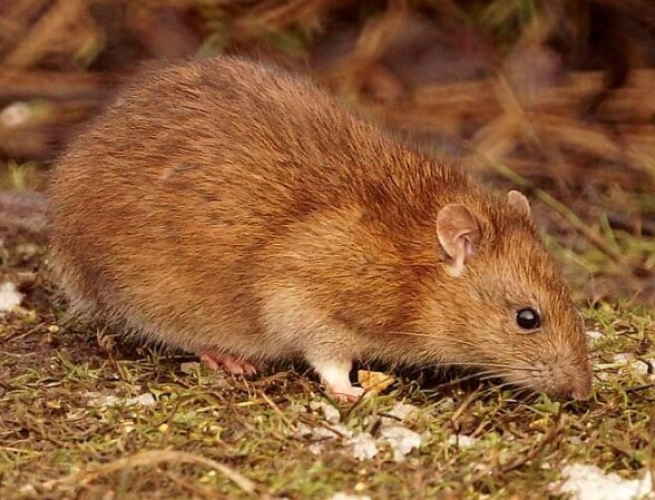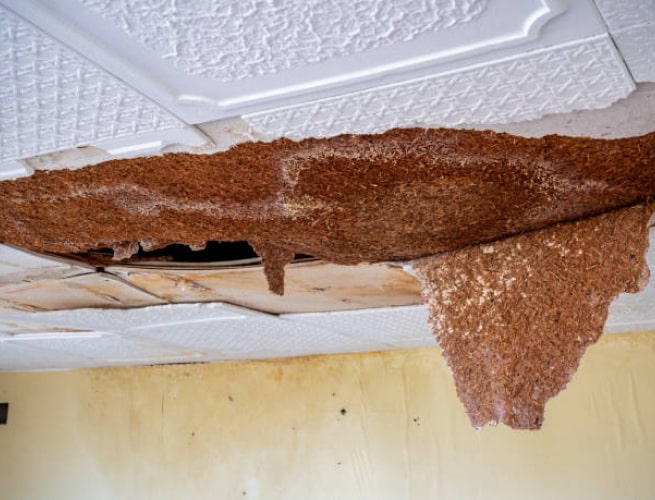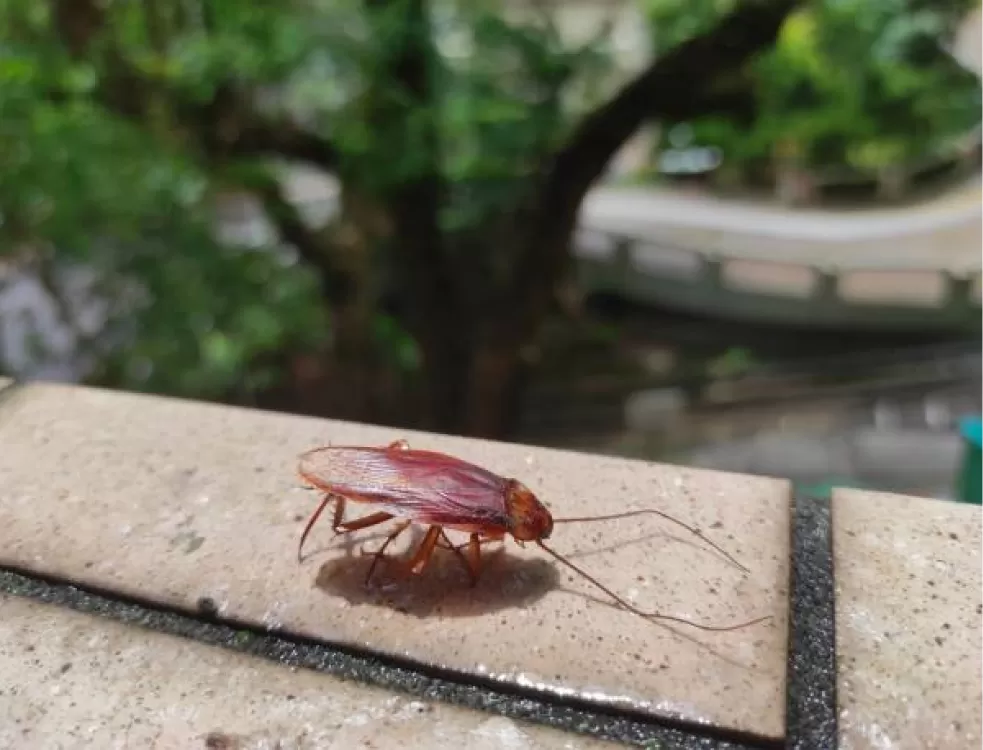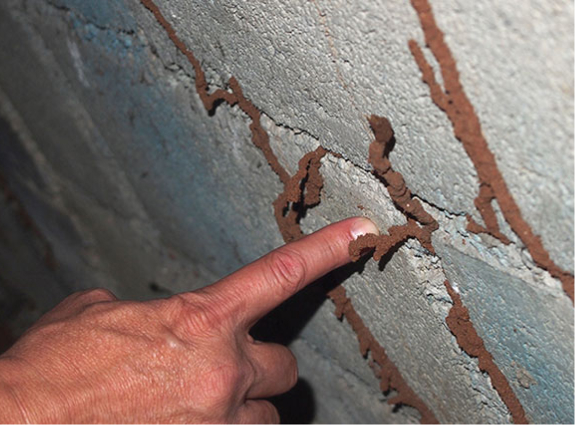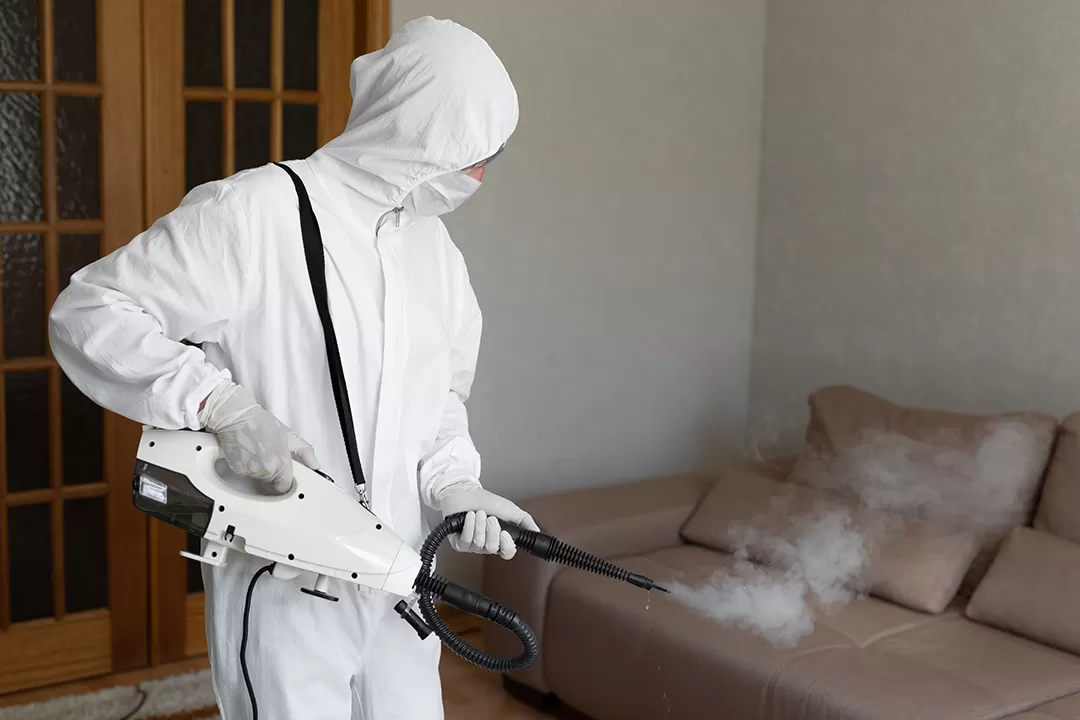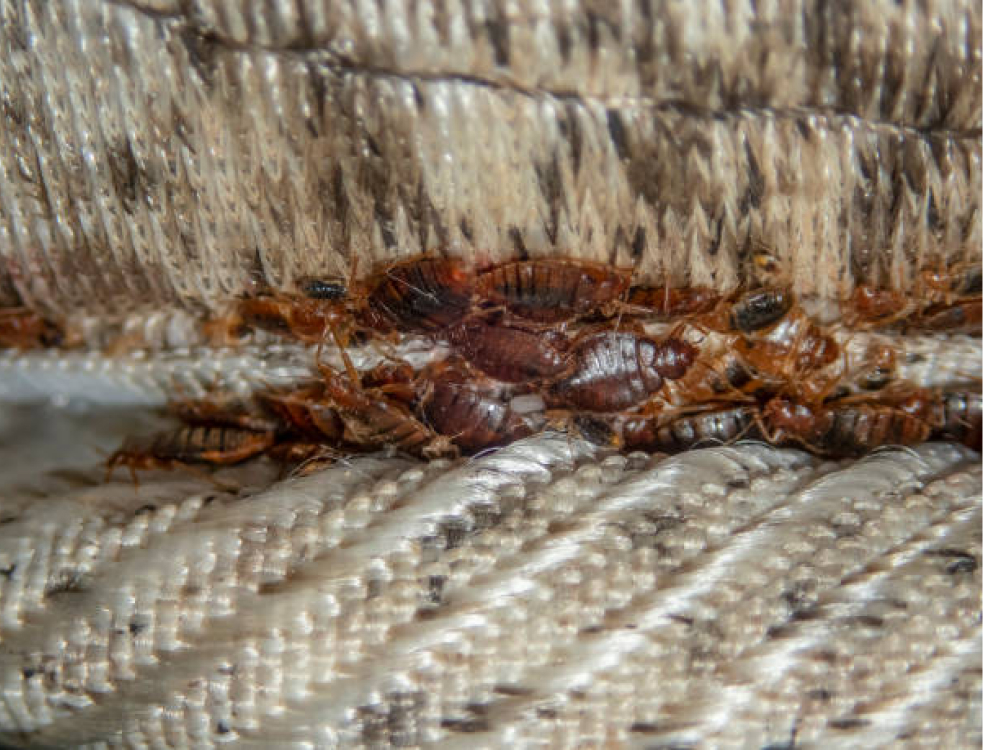Are you troubled by enduringly painful and itchy mosquito bites? Well, that’s a plague that afflicts nearly all Singaporeans. However, while mosquito bites can be troublesome, mosquitoes can do more harm than just inflict a bite on you. From malaria to dengue to chikungunya, mosquitoes are the culprit behind a slew of serious diseases. What’s more, more than one type of mosquito is spreading these concerning diseases.
The most common types of mosquitoes are Aedes aegypti, Aedes albopictus, Culex, and Anopheles mosquitoes. In order to protect yourself from each of these mosquito species, you should be able to recognise them and also learn about their habits, habitats, and breeding preferences. In this article, we have compiled everything you need to know about the common types of mosquitoes in Singapore.
Common Types of Mosquitoes in Singapore
Aedes Mosquitoes
The first type of mosquito you should learn about is the Aedes. There are two types of Aedes mosquitoes: Aedes aegypti and Aedes albopictus.
Aedes Aegypti
Aedes aegypti is an indoor mosquito that prefers to rest and breed in dark and cool places. Adult Aedes aegypti mosquitoes are either black or brown. Their narrow body can be recognised by the white stripes on their thorax. They also have white bands on their legs.
Unlike most mosquitoes, Aedes aegypti is active during the day. So, you should take a good look at what type of mosquito is biting you if you are getting bitten by mosquitoes during the day.
Notorious for spreading diseases like chikungunya and dengue, this mosquito species can cause serious health complications. In fact, getting bitten by Aedes mosquitoes can even be life-threatening.
Unfortunately, these are mosquitoes that like to be near you. Aedes aegypti prefers to rest indoors. They like hiding in closets, behind curtains, furniture, and other dark places in the house.
Moreover, aegypti mosquitoes can breed in clean stagnant water inside your house. They often lay eggs in domestic containers such as vases, flowerpot plates, and pails. If you look carefully, you might notice eggs attached to the walls of these containers, just above the waterline. No wonder this mosquito species is commonly called “container breeders”.
Aedes Albopictus
As if the nuisance caused by Aedes aegypti was not enough, there is another species of Aedes mosquito you need to be wary of – Aedes albopictus. Aedes albopictus is deep black in colour and has white and silver stripes on the legs, similar to Aedes aegypti. They also flaunt a distinct silver-white stripe on their thorax.
Even though Aedes albopictus might look similar to Aedes aegypti, they differ in some ways. In addition to the dengue and chikungunya viruses, this species can spread the West Nile fever virus. Albopictus mosquitoes are outdoor mosquitoes that hide outside, usually near areas with vegetation.
They can be a big concern when you spend time outdoors, at a park or in your yard. Aedes albopictus are more likely to bite around twilight and continue to bite throughout the day. So watch out for signs of mosquito infestation and take preventive measures to save yourself from being bitten by these disease-causing pests.
Aedes albopictus likes to lay eggs in natural containers that hold stagnant water. They often breed in bamboo stumps, tree holes, ground depressions, etc. They might also lay eggs in discarded containers, canvas sheets, and construction debris. The eggs are laid singly, shaped like a rugby ball, and are black in colour.
Culex Mosquitoes
White Aedes aegypti and albopictus can bite you any time of the day. But Culex is one mosquito species that is more active at night. These night biters are greyish or dark brown. The legs, veins on the wings, and thorax of Culex mosquitoes are covered with brown scales. If you look closely, you will notice that the tips of their abdomen are blunt.
Culex mosquitoes are rather unhygienic. They prefer to breed in dirty stagnant water. While they can lay eggs in clear water, they will choose polluted water and drains to lay eggs. Their eggs are cylindrical-shaped and brown in colour. These eggs are laid to attach together on the water’s surface, like a raft.
It only takes six to ten days for mosquito eggs to hatch and the pupa to reach the adult stage, so mosquito infections can become a concern even before you know it. Culex mosquitoes can fly long distances. They are drawn to darker colours, such as red and black.
Unfortunately, bite marks and itchiness are not the only concern when bitten by Culex mosquitoes. The species can transmit diseases such as West Nile fever, Japanese encephalitis virus, and lymphatic filariasis.
Anopheles Mosquitoes
Anopheles mosquitoes are also night biters. The most common species of Anopheles mosquitoes are Anopheles sundaicus and Anopheles maculatus. Most Anopheles mosquitoes are brown, but the body colour may vary depending on the species.
Their wings are marked with dark and pale scales. The wings rest at a 45-degree angle. Their legs are also covered with brown and pale spots.
This mosquito species breeds in brackish water or seepages. They prefer unpolluted and clean sources of stagnant water. The eggs are brown and about 1mm in size. Anopheles mosquito eggs are laid singly and have floats on the side.
A female mosquito can lay up to 150 eggs with only one blood meal, all of which can mature in just six days. So, do look out for these pests. Anopheles mosquitoes are usually active at night. They rest both indoors and outdoors and do their biting at night. This species is infamous for spreading the mosquito-borne disease malaria, which can cost an infected person his life. Infected female Anopheles mosquitoes can transmit malaria to anyone they bite.
Conclusion
It is difficult to imagine that pests as tiny as mosquitoes can spread life-threatening diseases such as dengue and malaria. But unfortunately, this is the unwelcome truth; the only way to escape mosquito-borne infections is to prevent mosquito infestations.
It can be helpful to learn about the most common types of mosquitoes before you can get rid of them and save yourself from getting bitten. Aedes, Culex, and Anopheles are the most commonly found mosquitoes in Singapore.
They take different shifts, such that Aedes aegypti and Aedes albopictus bite mainly during the day, while Culex and Anopheles mosquitoes bite at night. Each of these species spreads different diseases, but eradicating any of them is equally important. Thankfully, most mosquitoes can be prevented and eliminated by using the same methods. If you are feeling less than confident about personally tackling the infestation on your property, you can always call in a pest control company to handle it for you.


